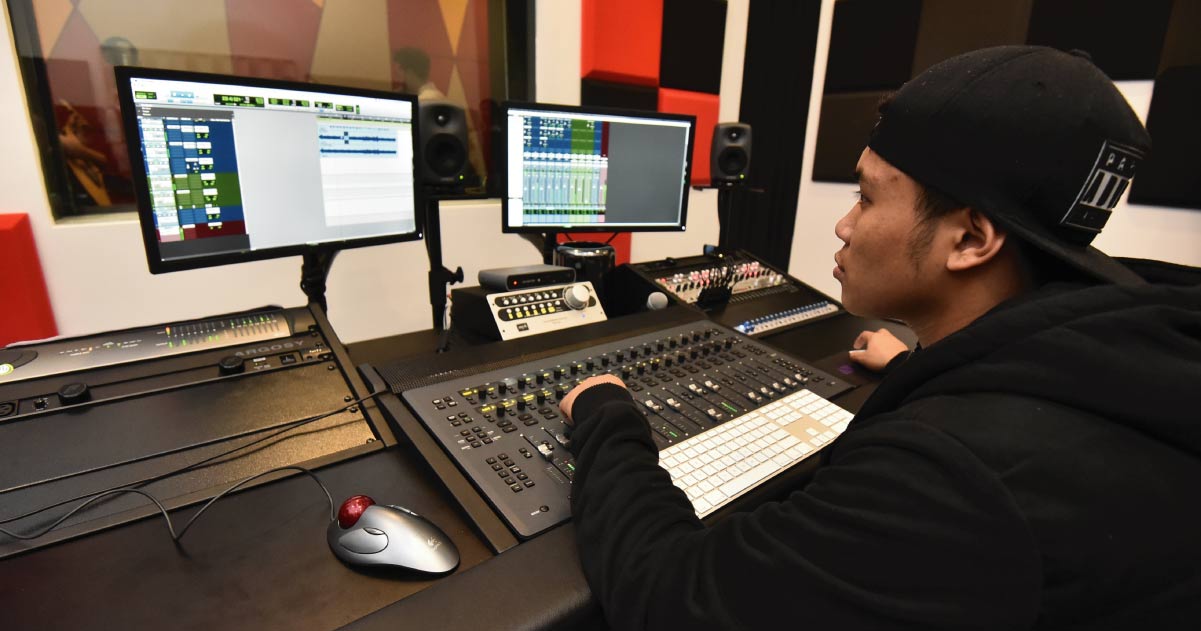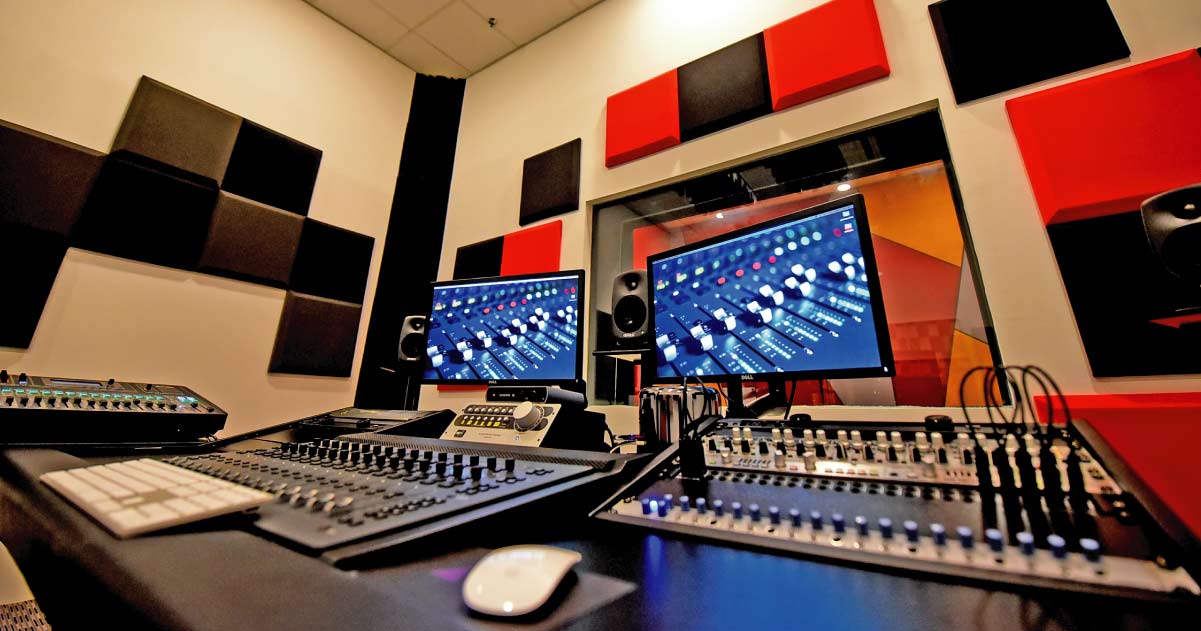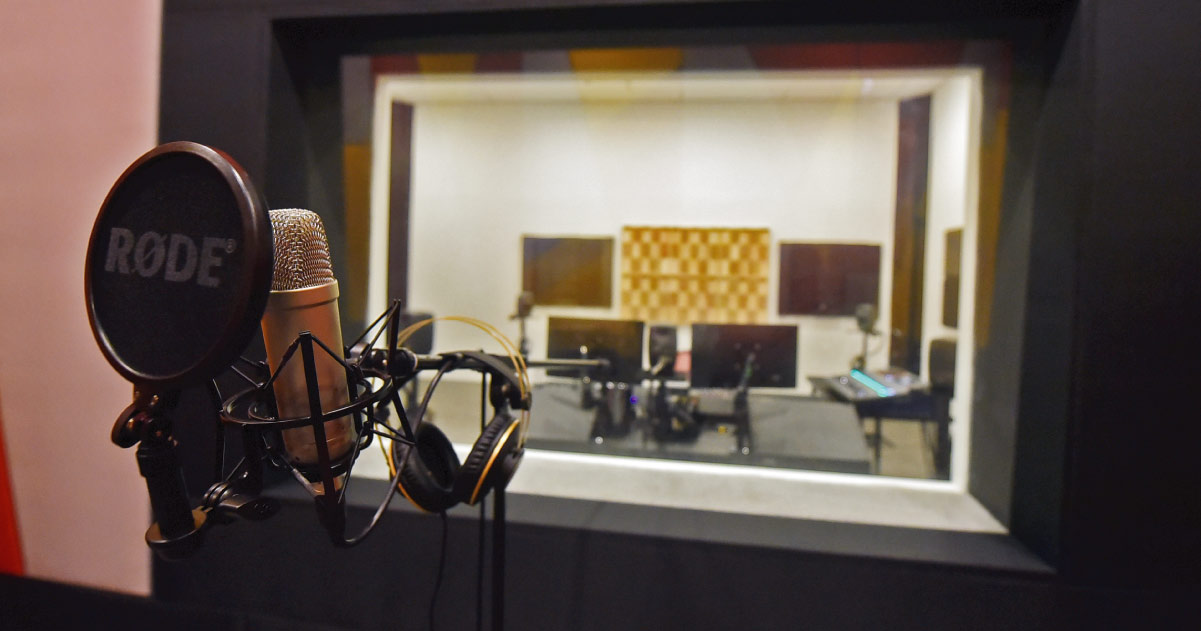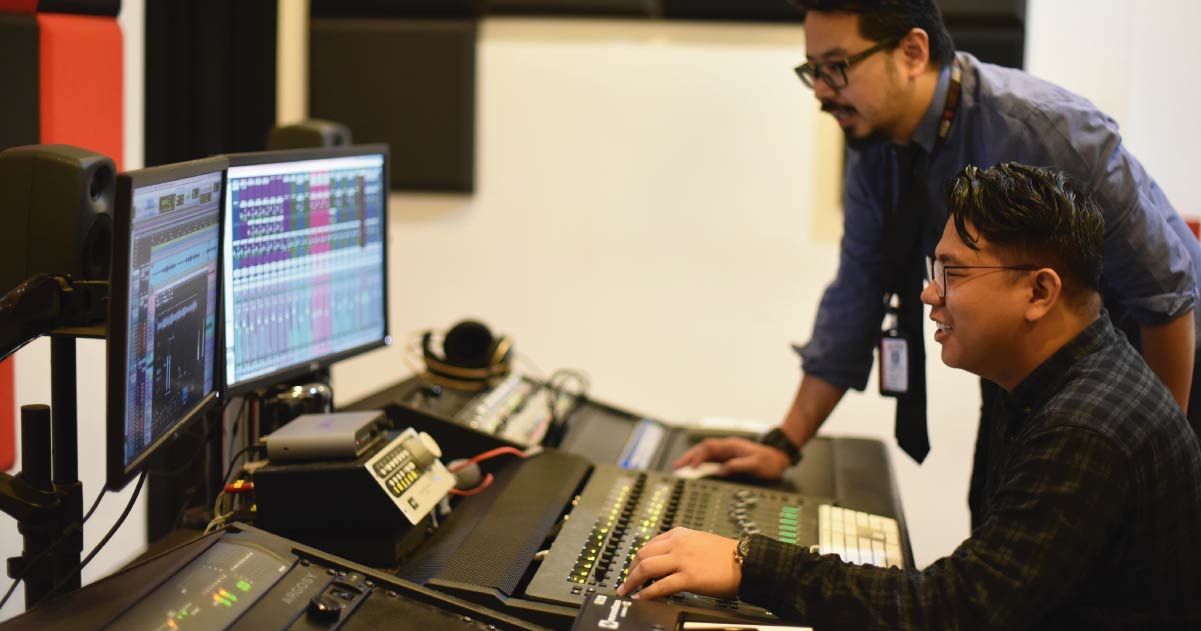

Anybody can press play and record but the true audio business of equalization curves, frequency, and spectrum is not as easy; it is a realm for experts.
Audience noise and chairs scraping provide the kinds of distortion that the recording engineer is trained to banish so the recording comes out perfect.

Recordings inevitably come with signal degradation and inherent noise. In the 1930s, sound recordings were made on aluminum discs. Only a few minutes of sound could be recorded at any one time, by phonographs that emboss sound-capturing grooves directly on to the soft aluminum.
When digitizing analogue recordings from reel tapes, audio engineers had to look out for dirt, mould, loosely packed tape, non-uniform tape tension called ‘spoking’, the telltale curves of old tapes – 'cupping' – and what the tape is made of, whether PVC, acetate, polyester, or paper.
To start the digitizing process, the angle of the tape machine head (its azimuth) must be angled to the same one used in the original recording. Once a tape rolls, the sound signals stream into computers; one for analyzing the frequency and other sound variables, another making a digital capture.

It might all play in one go, but most times it does not. And when that happens, a lot of audio expertise must be called into action.
Recording is not just about placing microphones and hitting the record button.
The expertise of recording engineers ensures the right room is picked for the recording; which microphones, the number to be used, on what instrument; and how far, how high, at what angle, to what should the microphones be pointing. Such skills and knowledge also ensure that when the music starts playing, the sound will not be too loud, too soft, or too distorted.

Mixing engineers ensure balance of the sounds recorded by the recording engineers - both in the frequency range and the sonic stage. They balance the volume levels of each track against each other, and compress and put effects on some of the tracks to ensure individual sound clarity when all are playing simultaneously. Mixing engineers also ensure that you have a good soundstage, i.e., making the music surround you.

Mastering engineers ensure that the combined efforts of the recording engineers, the mixing engineers, and the artists sound the best possible across as many sound systems as available.
The demanding precision makes it all quite a challenge. You would be surprised at how long a 3-minute pop song can take to record professionally for it to come within release-quality standard. Rest assured that what the recording, mixing, and mastering engineers do ensures the best possible quality recording of something, for your listening pleasure.

Read about our very own student who has made a successful career in Music Technology.
MSU Bachelor in Music Technology (Honours)
MSU Diploma in Music Technology
MSU Bachelor of Engineering Technology (Electrical and Electronic) (Honours)
MSU Foundation in Engineering and Technology
Anybody can press play and record but the true audio business of equalization curves, frequency, and spectrum is not as easy; it is a realm for experts.
Audience noise and chairs scraping provide the kinds of distortion that the recording engineer is trained to banish so the recording comes out perfect.

Recordings inevitably come with signal degradation and inherent noise. In the 1930s, sound recordings were made on aluminum discs. Only a few minutes of sound could be recorded at any one time, by phonographs that emboss sound-capturing grooves directly on to the soft aluminum.
When digitizing analogue recordings from reel tapes, audio engineers had to look out for dirt, mould, loosely packed tape, non-uniform tape tension called ‘spoking’, the telltale curves of old tapes – 'cupping' – and what the tape is made of, whether PVC, acetate, polyester, or paper.
To start the digitizing process, the angle of the tape machine head (its azimuth) must be angled to the same one used in the original recording. Once a tape rolls, the sound signals stream into computers; one for analyzing the frequency and other sound variables, another making a digital capture.

It might all play in one go, but most times it does not. And when that happens, a lot of audio expertise must be called into action.
Recording is not just about placing microphones and hitting the record button.
The expertise of recording engineers ensures the right room is picked for the recording; which microphones, the number to be used, on what instrument; and how far, how high, at what angle, to what should the microphones be pointing. Such skills and knowledge also ensure that when the music starts playing, the sound will not be too loud, too soft, or too distorted.

Mixing engineers ensure balance of the sounds recorded by the recording engineers - both in the frequency range and the sonic stage. They balance the volume levels of each track against each other, and compress and put effects on some of the tracks to ensure individual sound clarity when all are playing simultaneously. Mixing engineers also ensure that you have a good soundstage, i.e., making the music surround you.

Mastering engineers ensure that the combined efforts of the recording engineers, the mixing engineers, and the artists sound the best possible across as many sound systems as available.
The demanding precision makes it all quite a challenge. You would be surprised at how long a 3-minute pop song can take to record professionally for it to come within release-quality standard. Rest assured that what the recording, mixing, and mastering engineers do ensures the best possible quality recording of something, for your listening pleasure.

Read about our very own student who has made a successful career in Music Technology.
MSU Bachelor in Music Technology (Honours)
MSU Diploma in Music Technology
MSU Bachelor of Engineering Technology (Electrical and Electronic) (Honours)
MSU Foundation in Engineering and Technology